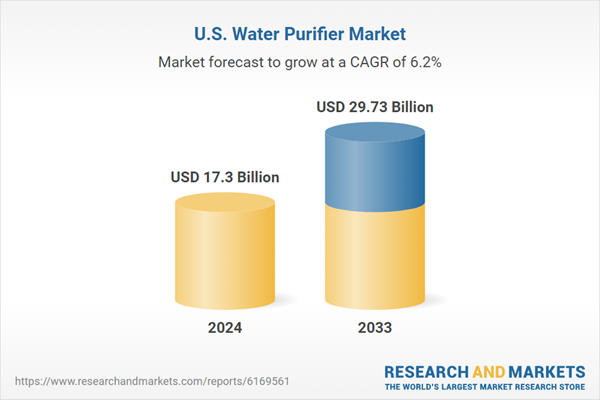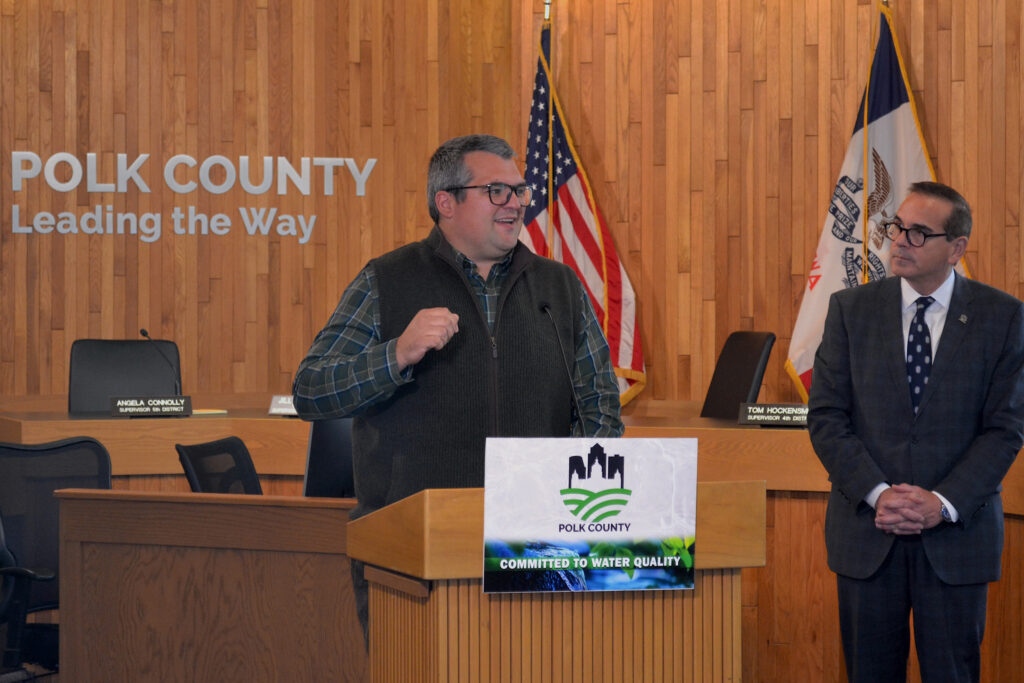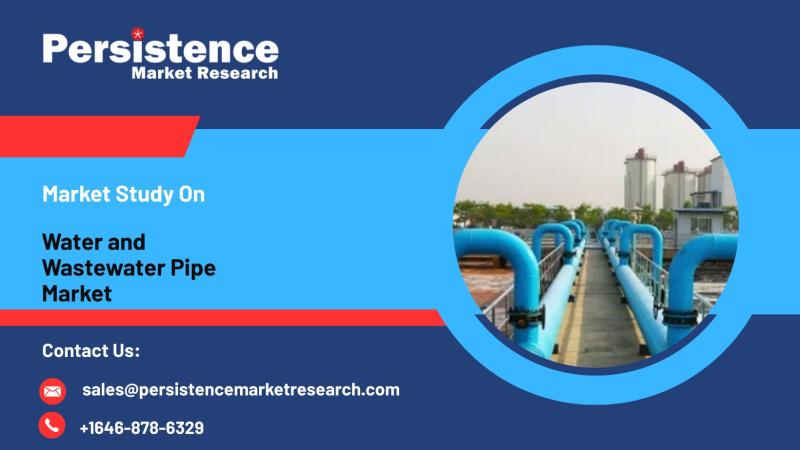Report on Genesis Systems’ Atmospheric Water Generation Technology and its Alignment with Sustainable Development Goals
Introduction: An Innovative Solution to Global Water Scarcity
Genesis Systems, a technology company based in Tampa, Florida, has developed and deployed a system capable of generating potable water from the atmosphere. This innovation presents a significant contribution to addressing global water scarcity, a crisis affecting an estimated 4.4 billion people. The company’s work is directly aligned with several United Nations Sustainable Development Goals (SDGs), particularly SDG 6 (Clean Water and Sanitation), by providing a decentralized and resilient water source for communities, industries, and disaster relief operations.
Technological Overview and Contribution to SDG 9
The “Water Cube”: A Leap in Infrastructure and Innovation (SDG 9)
The core technology, branded as the “Water Cube,” represents a significant advancement in sustainable infrastructure and industry innovation, directly supporting SDG 9. The system’s process includes:
- Extraction of water molecules directly from ambient air.
- A multi-stage filtration and sterilization process.
- On-demand production of purified, drinkable water that meets EPA standards.
This “wireless” approach to water delivery eliminates the need for extensive pipelines and the associated environmental disruption, offering a more sustainable infrastructure model. The technology’s significance was recognized when TIME Magazine named it one of the Best Inventions of 2025.
Direct Impact on Key Sustainable Development Goals
SDG 6: Clean Water and Sanitation
Genesis Systems’ primary impact is on the universal access to clean water. The technology provides a viable solution for water-stressed regions and areas with contaminated sources.
- Case Study: Malawi Hospital: A Water Cube was deployed to a hospital that previously relied on a water source contaminated with mud, worms, and parasites. The system now provides a consistent supply of fresh water, drastically improving sanitation and patient care.
- Disaster Resilience: The technology ensures water availability when centralized systems fail, as demonstrated during Hurricane Milton, where a unit served as a backup water source for the NICU at Johns Hopkins All Children’s Hospital.
SDG 3: Good Health and Well-being
By providing a source of pure water, the technology is instrumental in promoting good health and preventing disease, a cornerstone of SDG 3.
- It eliminates the health risks associated with contaminated water, reducing the incidence of waterborne illnesses.
- It ensures that critical health facilities can maintain operations during emergencies, safeguarding the well-being of vulnerable patients.
SDG 11: Sustainable Cities and Communities
The Water Cube enhances the resilience of communities, making them more sustainable and secure in line with SDG 11.
- It provides water security at the point of need, reducing dependence on vulnerable, large-scale infrastructure.
- Home-use models, such as the WaterCube 100 which produces 120 gallons per day, empower individual households to achieve water independence.
Strategic Applications and Partnerships for the Goals (SDG 17)
Humanitarian, Commercial, and Defense Sectors
The technology’s versatility allows for its application across various sectors. The company’s collaboration with governmental bodies exemplifies SDG 17 (Partnerships for the Goals).
- Humanitarian Aid: Deployments on five continents have proven its efficacy in diverse climates and emergency situations.
- National Security: Recognizing water as a critical security asset, Genesis Systems has a multi-year partnership with the U.S. Army to develop uninterruptible water supplies for military deployments.
- Commercial and Residential: The availability of smaller units for families and businesses promotes widespread adoption of sustainable water solutions.
Environmental Considerations and Future Outlook
Sustainability and Expansion
The environmental impact of atmospheric water extraction is reported to be minimal, as the water cycle naturally replenishes the withdrawn moisture within eight minutes to eight days. Genesis Systems plans to expand its U.S.-based manufacturing to meet rising global demand. The company’s future focus is hinted to be on the nexus of water and food, suggesting potential future contributions to SDG 2 (Zero Hunger).
Analysis of Sustainable Development Goals (SDGs) in the Article
1. Which SDGs are addressed or connected to the issues highlighted in the article?
The article on Genesis Systems and its technology to generate water from the atmosphere connects to several Sustainable Development Goals (SDGs) by addressing fundamental global challenges related to water, health, innovation, and resilient communities.
-
SDG 6: Clean Water and Sanitation
This is the most direct and prominent SDG addressed. The entire premise of the company is to combat water scarcity by creating a new source of clean, drinkable water. The article highlights the global issue (“4.4 billion people are currently in water scarcity”) and presents the technology as a direct solution, providing “the most pure water by EPA standards” to communities, hospitals, and homes.
-
SDG 3: Good Health and Well-being
The article connects clean water access to health outcomes. It mentions providing water to a hospital in Malawi that previously used contaminated sources with “mud coming through the water, worms and parasites.” By providing a “freshwater supply,” the technology directly contributes to reducing water-borne diseases and improving health services, which is a core aspect of SDG 3.
-
SDG 9: Industry, Innovation, and Infrastructure
Genesis Systems is presented as a startup built on technological innovation (“reimagining the world’s water supply,” “developed technology”). The article focuses on their invention, the “Water Cube,” and its potential to create a new type of infrastructure for water delivery that is decentralized (“go wireless for water”). This aligns with SDG 9’s focus on fostering innovation and building resilient infrastructure.
-
SDG 11: Sustainable Cities and Communities
The technology’s application during disasters, such as providing a backup water source for a hospital’s NICU during “Hurricane Milton,” directly relates to making communities more resilient. By ensuring access to essential resources like water during emergencies, the technology helps build sustainable and safe human settlements.
-
SDG 2: Zero Hunger
Although a secondary theme, the connection is explicitly hinted at by the co-founder, Dr. Stuckenberg. His personal experience with “hunger and thirst” and his concluding statement, “Water is food, and food is water,” suggest that the technology’s long-term vision includes addressing food security, as a reliable water supply is essential for agriculture and food production.
2. What specific targets under those SDGs can be identified based on the article’s content?
Based on the article’s details, several specific SDG targets can be identified:
-
Target 6.1: Achieve universal and equitable access to safe and affordable drinking water for all.
The article directly addresses this target by describing a technology that creates “drinkable water” from the air. Its deployment in places like Malawi, where a hospital relied on contaminated sources, and the development of home units that can “generate enough water for a family of four every day” are concrete efforts toward achieving universal access to safe water.
-
Target 6.4: Substantially increase water-use efficiency and ensure sustainable withdrawals and supply of freshwater to address water scarcity.
The technology offers a new way to supply freshwater without depleting traditional sources like rivers or aquifers. The founder’s claim that the process “has no environmental impact at all” and that the water is returned to the atmosphere in 8 minutes to 8 days speaks to the goal of creating a sustainable supply of freshwater to combat scarcity.
-
Target 3.d: Strengthen the capacity of all countries…for early warning, risk reduction and management of national and global health risks.
By providing a clean water source to a hospital in Malawi that previously used water contaminated with “worms and parasites,” the technology helps reduce the risk of water-borne diseases. Supplying a backup water source to a hospital NICU during a hurricane also strengthens the resilience of health facilities to manage risks during disasters.
-
Target 9.5: Enhance scientific research, upgrade the technological capabilities of industrial sectors…encouraging innovation.
The entire article profiles a company, Genesis Systems, that is a product of research and innovation. Being named one of the “Best Inventions of 2025” by TIME Magazine highlights its role in advancing technology to solve a global problem, which is the essence of this target.
-
Target 11.5: Significantly reduce the number of deaths and the number of people affected…by disasters, including water-related disasters.
The deployment of a Water Cube during “Hurricane Milton” to ensure a hospital’s NICU had a continuous water supply is a direct example of building resilience to disasters. This action helps protect vulnerable populations and maintain critical services during emergencies, thereby reducing the impact of such events.
3. Are there any indicators mentioned or implied in the article that can be used to measure progress towards the identified targets?
Yes, the article contains several explicit and implied indicators that can measure progress:
-
Indicator for Target 6.1 (Access to Safe Water):
The article implies the indicator of “Proportion of population using safely managed drinking water services.” This is measured through specific examples:
- The number of hospitals and communities gaining access to clean water (e.g., the hospital in Malawi).
- The number of households with access, referenced by the home unit that can supply a “family of four.”
- The quality of the water, which meets “EPA standards,” serving as a qualitative measure of safety.
-
Indicator for Target 6.4 (Water Scarcity):
The article provides a baseline indicator for the problem: “4.4 billion people are currently in water scarcity.” Progress could be measured by the reduction in this number over time, partly through the adoption of such technologies. The technology’s output, “120 gallons a day” for the home unit, is a quantitative indicator of the volume of new freshwater being supplied.
-
Indicator for Target 9.5 (Innovation):
An implied indicator is the “Number of innovative technologies developed and deployed to address global challenges.” The article provides evidence of this through:
- The company’s existence and its recognition as one of TIME Magazine’s “Best Inventions of 2025.”
- Its expansion across “five continents” and partnerships with organizations like the “U.S. Army.”
-
Indicator for Target 11.5 (Disaster Resilience):
A relevant indicator is the “Number of critical infrastructure units (e.g., hospitals) with resilient utility services.” The specific instance of the Water Cube serving as a “backup water source for the NICU at Johns Hopkins All Children’s Hospital” during a hurricane is a direct measure of progress toward this indicator.
4. Table of SDGs, Targets, and Indicators
| SDGs | Targets | Indicators (Mentioned or Implied in the Article) |
|---|---|---|
| SDG 6: Clean Water and Sanitation | 6.1: Achieve universal and equitable access to safe and affordable drinking water for all.
6.4: Ensure sustainable withdrawals and supply of freshwater to address water scarcity. |
|
| SDG 3: Good Health and Well-being | 3.d: Strengthen the capacity for risk reduction and management of national and global health risks. |
|
| SDG 9: Industry, Innovation, and Infrastructure | 9.5: Enhance scientific research…encouraging innovation. |
|
| SDG 11: Sustainable Cities and Communities | 11.5: Significantly reduce the number of people affected by disasters. |
|
| SDG 2: Zero Hunger | 2.1: End hunger and ensure access by all people…to safe…food all year round. |
|
Source: fox13news.com







